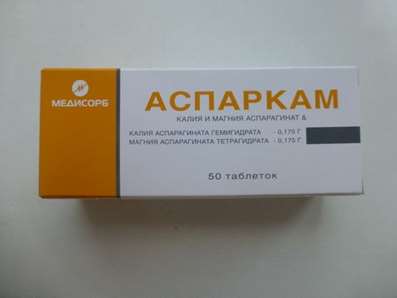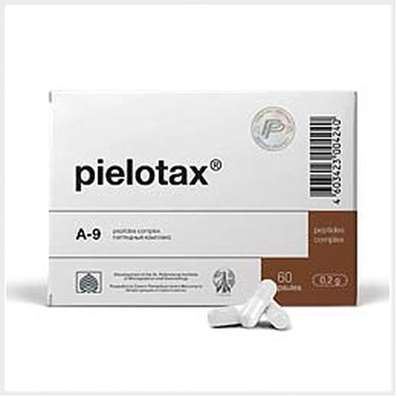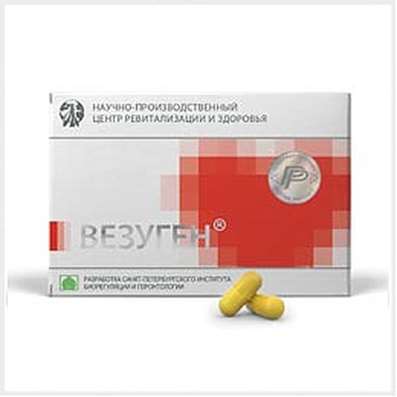Instruction for use: Methohexital
I want this, give me price
Latin name: Methohexitalum (genus. Methohexitali)
Chemical name
1-Methyl-5- (1-methyl-2-pentynyl) -5- (2-propenyl) -2,4,6 (1H, 3H, 5H,) - pyrimidinetrione (as monosodium salt)
Gross formula
C14H18N2O3
Pharmacological group of substance Methohexital
Anesthetic means
The nosological classification (ICD-10)
Z100.0 * Anesthesiology and premedication: Abdominal surgery; Adenomectomy; Amputation; Angioplasty of the coronary arteries; Carotid artery angioplasty; Antiseptic treatment of skin in wounds; Antiseptic treatment of hands; Appendectomy; Atheroctomy; Balloon coronary angioplasty; Vaginal hysterectomy; Venous bypass; Interventions on the vagina and cervix; Interventions on the bladder; Interference in the oral cavity; Reconstructive-reconstructive operations; Hand hygiene of medical personnel; Gynecological Surgery; Gynecological interventions; Gynecological operations; Hypovolemic shock during surgery; Disinfection of purulent wounds; Disinfection of the edges of wounds; Diagnostic Interventions; Diagnostic procedures; Diathermocoagulation of the cervix; Long-term surgeries; Replacement of fistulous catheters; Infection in orthopedic surgical interventions; Artificial heart valve; Kistectomy; Short-term outpatient surgery; Short-term operations; Short-term surgical procedures; Cryotyreotomy; Blood loss during surgical interventions; Bleeding during surgery and in the postoperative period; Kuldotsentez; Laser coagulation; Laserocoagulation; Laser retinopathy of the retina; Laparoscopy; Laparoscopy in gynecology; Likvornaya fistula; Small gynecological operations; Small surgical interventions; Mastectomy and subsequent plastic surgery; Mediastinotomy; Microsurgical operations on the ear; Mukinging operations; Suturing; Minor surgery; Neurosurgical operation; Eclipse of the eyeball in ophthalmic surgery Orchiectomy; Pancreatectomy; Pericardectomy; The rehabilitation period after surgical operations; Reconvalence after surgical intervention; Percutaneous transluminal coronary angioplasty; Pleural Thoracocentesis; Pneumonia postoperative and post traumatic; Preparing for surgical procedures; Preparing for a surgical operation; Preparation of the surgeon's arms before surgery; Preparation of the colon for surgical interventions; Postoperative aspiration pneumonia in neurosurgical and thoracic operations; Postoperative nausea; Postoperative hemorrhage; Postoperative granuloma; Postoperative shock; Early postoperative period; Myocardial revascularization; Resection of the apex of the tooth root; Resection of the stomach; Bowel resection; Resection of the uterus; Liver resection; Small bowel resection; Resection of a part of the stomach; Reocclusion of the operated vessel; Gluing of tissues during surgical interventions; Suture removal; Condition after eye surgery; Condition after surgery; Condition after surgery in the nasal cavity;Condition after gastrectomy; Condition after resection of the small intestine; Condition after tonsillectomy; Condition after removal of duodenum; Condition after phlebectomy; Vascular Surgery; Splenectomy; Sterilization of surgical instrument; Sterilization of surgical instruments; Sternotomy; Dental surgery; Dental intervention on periodontal tissues; Strumectomy; Tonsillectomy; Thoracic surgery; Total gastrectomy; Transdermal intravascular coronary angioplasty; Transurethral resection; Turbinectomy; Removal of a tooth; Cataract removal; Removing Cysts; Removal of tonsils; Removal of myoma; Removal of mobile milk teeth; Removal of polyps; Removal of a broken tooth; Removal of the uterus; Removal of seams; Urethrotomy; Fistula of the luminal ducts; Frontoetmoidohaimorotomy; Surgical infection; Surgical treatment of chronic ulcers of extremities; Surgery; Surgery in the anus; Surgery on the large intestine; Surgical practice; Surgical procedure; Surgical interventions; Surgical interventions on the digestive tract; Surgical interventions on the urinary tract;Surgical interventions on the urinary system; Surgical interventions on the genitourinary system; Surgical intervention on the heart; Surgical procedures; Surgical operations; Surgical operations on veins; Surgical intervention; Vascular; Cholecystectomy; Partial resection of the stomach; Extraperitoneal hysterectomy; Percutaneous transluminal coronary angioplasty; Percutaneous transluminal angioplasty; Coronary artery bypass grafting; Extirpation of the tooth; Extirpation of infant teeth; Extirpation of pulp; Extracorporeal circulation; Extraction of the tooth; Extraction of teeth; Extraction of cataracts; Electrocoagulation; Endourological interventions; Episiotomy; Ethmoidotomy; Complications after tooth extraction
CAS code
151-83-7
Characteristics of the substance Methohexital
White crystalline powder, readily soluble in water.
Pharmacology
Pharmacological action - anesthesia, sleeping pills.
Acts briefly (5-7 minutes), awakening after anesthesia is rapid. It shows analgesic properties, however, the use of pain can cause agitation.
In blood, it binds to proteins by 73%. Easily passes through the histohematological barriers, including the BBB - already after 30 seconds in the brain is detected in the therapeutic (hypnotics) concentration. It is not deposited (practically) in adipose tissue, which explains (along with intensive biotransformation) a weak capacity for cumulation. Metabolised in the liver by demethylation and oxidation. It is excreted by the kidneys.
Application of the substance Methohexital
Anesthesia: introduction, during short surgical, diagnostic and therapeutic procedures involving minimal pain sensations during prolonged surgical operations (in combination with narcotic analgesics and inhaled anesthetics).
Contraindications
Hypersensitivity, hepatic failure, diseases of the cardiovascular system, porphyria, infancy, pregnancy and breastfeeding (after application of methohexital breast-feeding should be discontinued for a few days).
Side effects of the substance Methohexital
Thrombophlebitis, twitch skeletal muscle, hypotension, dyspnea, apnea, laryngospasm, bronchospasm, rhinitis, hiccups, headache, drowsiness during the postoperative period, anxiety, anxiety, excessive salivation, nausea, vomiting, abdominal pain, allergic reaction (redness, itching, rash , anaphylaxis), pain at the injection site.
Interaction
Strengthens (mutually) the effect of funds that depress the central nervous system. Changes absorption and excretion phenytoin, halothane, anticoagulants, glucocorticoids, ethanol solutions containing propylene glycol.
Overdose
Symptoms: depression of the central nervous system and respiration, convulsions, electrolyte imbalance, hypotension, decreased OPSS, pulmonary edema, cardiac arrest.
Treatment: intubation and ventilation, infusion of plasma substitutes, the introduction of vasopressor drugs and cardiotonic; with the development of convulsions - phenytoin IV, in case of inefficiency - diazepam or general anesthesia and muscle relaxants.
Routes of administration
IV.
Precautions for the substance Methohexital
Do not mix in the same syringe and inject through a single needle with acidic solutions.

 Cart
Cart





